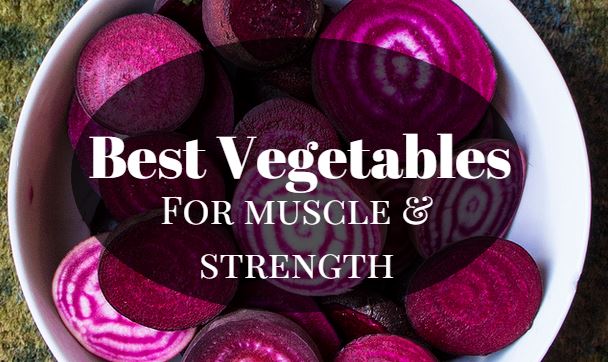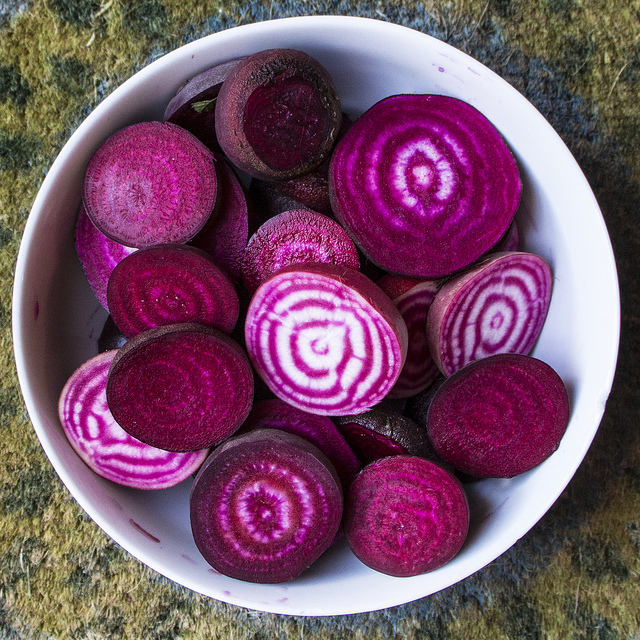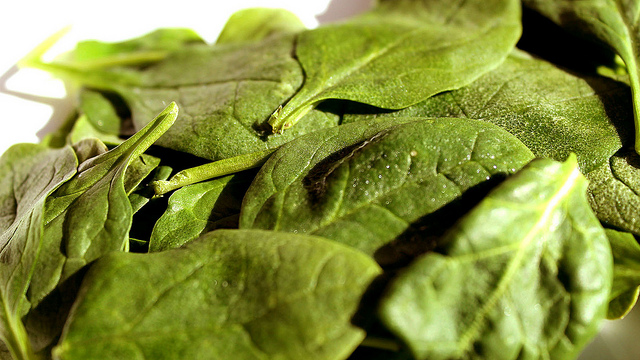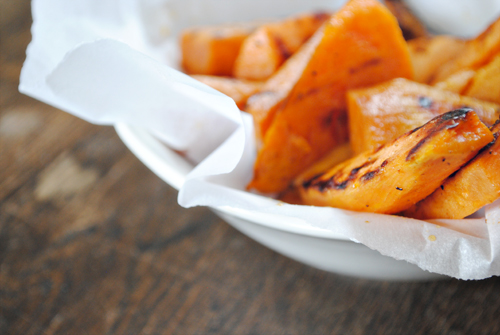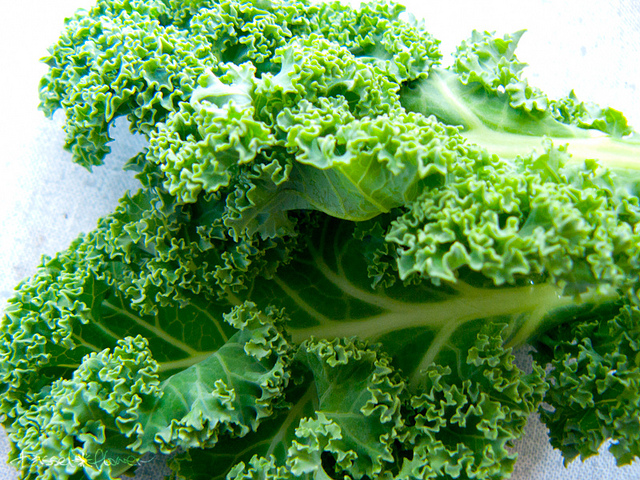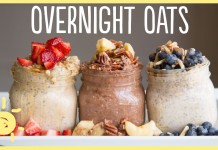Eat These Vegetables For Your Muscles And Strength
Have you ever wondered if you really should eat vegetables to feed your muscles? Not only should you eat these vegetables, I’ll explain why they work.
When you think of eating vegetables, you probably think of eating something that is tasteless and usually boiled, enough to deter you from eating them right? But eating the right type of vegetables you will give your muscles their much needed nutrients.
The veggies below are ones that by far are the most popular and actually quite tasty and can give your muscles exactly what they need.
Beets
photo source
Yes, beets. A number of studies have shown that consuming the carpet-staining vegetable can improve your athletic performance. Athletes who drank beet juice experienced a 38 percent increase in blood flow to muscles, particularly “fast twitch” muscles that affect bursts of speed and strength, according to a study conducted at Kansas State University. Another study published in the Journal of the Academy of Nutrition and Dietetics found that runners who ate baked beets before a 5k race ran five percent faster. The secret weapon: Nitrates, a natural chemical that increases endurance and lowers blood pressure.
SPINACH
photo source
Downing iron is as important as lifting it — the mineral is crucial to building muscle and strength, and spinach is the dietary MVP. According to the United States Department of Agriculture, a 180-gram serving of boiled spinach has 6.43 mg of iron — more than a six-ounce piece of hamburger. The leafy green is also an excellent source of magnesium, a mineral that’s essential to muscle development, energy production and carb metabolism. Two studies have found that levels of testosterone (and muscle strength) are directly correlated to the levels of magnesium in the body. Other good veggie sources of magnesium: Radishes, soybeans and chard.
SWEET POTATOES
photo source
There’s a reason bodybuilders scarf these with their chicken breasts: They’re one of the cleanest sources of fuel available. High in fiber and carbs (4 grams and 27 grams per serving respectively), the vibrant tubers have a low glycemic index, meaning they burn slowly, providing a long-term source of energy that helps you power up after a workout and recover your stores of muscle glycogen afterward. The fiber keeps you fuller longer, helping prevent the overeating that’ll shatter your dreams of getting shredded. Bonus: One cup of sweet potato cubes has four times your RDA of vitamin A, which helps your body synthesize protein.
KALE
photo source
This goes for all dark green leafy veggies, but I’ll give kale top billing to emphasize that its growing popularity is well-deserved. Kale is a nutrition powerhouse, packed with fiber and copper—one nutrient that is hard to get in a normal diet—and an excellent source of manganese, iron, vitamins C, A, and K, and myriad phytonutrients.
If you’re wondering what to do with this prehistoric-looking green, you could saute or steam it like spinach. Even easier, cut out the rib, chop the green, and use it in a salad. Or you and whip up a batch of baked kale chips. Many athletes replace traditional potato or tortilla chips with kale chips because they are lower in calories, easy to customize, and packed with nutrients.
There are many dark green leafy vegetables to choose from: zesty arugula, crisp romaine lettuce, or spinach with its softer texture and slightly bitter taste. Aside from salads, dark green leafy veggies can be added to any number of dishes. Give sandwiches or wraps a little crunch by adding romaine.
Learn how to transform your body starting this month!
Click Here!
*Source Eat This Not That
*Source BodyBuilding.com
[ulp id=”I1Mr4xcccmiFLCrG”]


